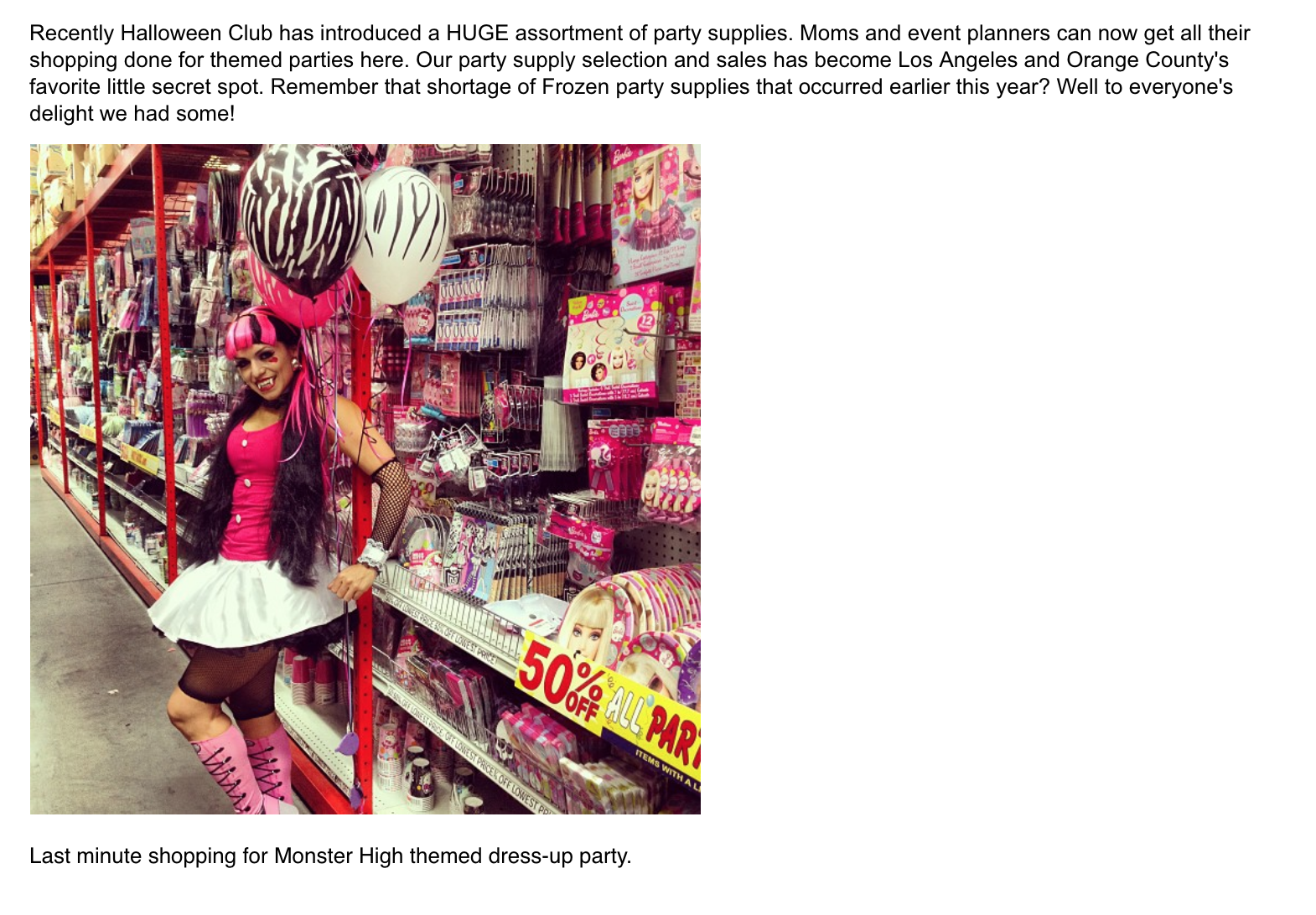Engagement levels drop, sales decrease (and in some cases stop completely), and the store starts to resemble a ghost town.
But just because business is slow doesn’t mean you have to slow down with it. Here are some ideas to make the off-season months work for you:
1. Find ways to bring in revenue all year round
Your sales don’t have to grind to a complete halt during the off-season. No matter what kind of seasonal business you have, there’s a good chance that you can still bring in some revenue even if it’s not your busiest time of the year.
Diversify your business offerings and see if you can sell related or complementary products and services. Determine the other needs of your customers and find ways to fulfill them even when your main business isn’t in season. Have a look at what H&R Block is doing. On top of seasonal tax preparation, it also offers a number of financial services including credit lines and payroll processing. This lets it provide value and earn revenue even during off-peak months.

Want another example? Check out Halloween Club, a “costume superstore” in Southern California. While the retailer’s main business is Halloween costumes, it recently introduced a large assortment of party supplies to cater to moms and event planners who are holding themed parties or functions.
 There’s also Tipsy Elves, a holiday-themed apparel company. Tipsy Elves started out selling ugly Christmas sweaters, but soon expanded to other holidays. Now, the retailer sells styles for St. Patrick’s Day, Valentine’s Day, Thanksgiving, Hanukkah, and more.
There’s also Tipsy Elves, a holiday-themed apparel company. Tipsy Elves started out selling ugly Christmas sweaters, but soon expanded to other holidays. Now, the retailer sells styles for St. Patrick’s Day, Valentine’s Day, Thanksgiving, Hanukkah, and more.
2. Cater to customers in other locations (where your products are in season)
Bear in mind that just because your business isn’t in season in one location doesn’t mean that there isn’t a demand elsewhere. Case in point: Big Feet Pajama Co., a site that sells warm and snuggly PJs. The business typically experiences a decline in US sales during the spring and summer months, but that doesn’t stop the company from thriving.
Entrepreneur.com noted that Big Feet makes up for the dip in US sales from March through August by targeting countries like Australia and New Zealand, where fall and winter are in full swing.
 According to Entrepreneur, Big Feet Pajama Co. capitalized on the opportunity by launching a targeted Australian AdWords campaign and by investing in a distribution facility down under to reduce shipping costs.
According to Entrepreneur, Big Feet Pajama Co. capitalized on the opportunity by launching a targeted Australian AdWords campaign and by investing in a distribution facility down under to reduce shipping costs.
See if you can apply a similar strategy to your company. Are your products or services in demand in other parts of the world? Be sure to go after those opportunities.
3. Build your community and establish thought leadership
Social media gives you tons of opportunities to connect with people all year round, so keep your blog and social accounts active.
Keep publishing blog posts and posting updates on all the channels your customers follow. Use your downtime to come up with great content that can educate your customers. Doing so lets you build authority, strengthens your community, and ensures that people will remember you when it comes time to do business again in the on-season.
 Take a leaf off H&R Block’s playbook. The tax preparation company makes most of its revenue during tax season, but it publishes educational blog posts, videos, and guides all year round. And tax season or not, its social media pages remain active and continue to grow its fan base no matter what period of the year it is.
Take a leaf off H&R Block’s playbook. The tax preparation company makes most of its revenue during tax season, but it publishes educational blog posts, videos, and guides all year round. And tax season or not, its social media pages remain active and continue to grow its fan base no matter what period of the year it is.
This keeps H&R Block top of mind for most consumers so it’s usually the go-to company for people when the tax months come along.
4. Serve other niches
Your business might be “seasonal” to the majority of consumers, but certain niches may have a need for your products all year round.
For example, if you sell fireworks, then your busiest period would likely be the weeks around Memorial Day or the 4th of July. But it may be worth finding clients who need fireworks beyond those key holidays. Perhaps you can partner with an events organizer or a venue that makes use of your product. Another idea is to look into corporate sales or custom products. Tipsy Elves executed this strategy really by selling custom promotional apparel. The company teams up with brands and helps them come up with custom designs.
5. Find ways to save money
If the business is really slow during the off-season, take steps to reduce your spending. Here are some areas to look into:
Staffing – If foot traffic and store activity are on the quiet side, consider reducing your staffing requirements. Perhaps you can cut back on shifts or encourage team members to take time off.Hours of operation – Generate sales reports per hour to figure out your least profitable times. For example, you may find that while you’re open from 8am to 8pm, you’re not generating enough sales from 7 to 8pm to be profitable. With that info in mind, you can decide whether it’s worth it for you to stay open that late.
Vendors/solution providers – Look at the business services and subscriptions that you have and see if you can downgrade to a lower plan for the time being. Also, see if your vendors allow you to put your account temporarily on hold. For instance, Vend lets retailers put their accounts “on ice” — a service that allows users to retain all their data and account information when they’re not actively using the software.
Space – Subletting your location could help lower one of your biggest expenses — rent. Check with your landlord to see if you’re allowed to rent your space. If you get the green light, conduct a search for other shops who would be open to moving into your location. One retailer that did this well is Metropolis, a gift-and-card shop in Seattle. In 2009, the retailer was hit by the recession and this prodded owner Terry Heiman to rent out the space. After getting approval from his landlord, Heiman started subleasing a third of his store to other merchants.
According to Entrepreneur.com, “Heiman spent $1,000 to install a loft-style wall between the spaces, and each store has its own entrance, address, and separate utility metering, making for easy division of expenses. He collects the rent and writes one check to the landlord each month.” Consider doing something similar in your business. If your lease agreement permits it, find retailers who would be willing to move in so you can share location expenses.
6. Reach out to the media
Publications usually plan their articles months in advance, so if you want to land a magazine feature just in time for your industry’s peak season, you’ll have to reach out to reporters early on. Take advantage of the slow months to gather intel on relevant reporters and publications. Get your hands on their editorial calendars so you’ll know exactly when to send your pitch.
Subscribe to services such as HARO (Help a Reporter Out) and be on the lookout for people doing stories in your industry.
7. Attend networking and educational events
Use the slow months to broaden your knowledge and network. Attend events that provide learning and networking opportunities so you can get to know people and trends in your industry. Conferences, trade shows, and even local business events can help you gain new partnerships and skills that you can use in your business, so don’t pass up the chance to attend them.
8. Get shopper feedback and reviews
The off-season could be the perfect time to get feedback and reviews from your customers. Consider getting in touch with people who purchased from you and ask them what they thought of your products. If you get a lot of great feedback, encourage customers to leave a review on Yelp or Google. Got some not-so-great reviews? Use that feedback to improve next season.
And that brings us to our next tip…
9. Evaluate your business’ performance and plan for next season
Assess the performance of your company last season. What went right? Concretize the reasons behind your successes to determine which strategies should be continued. Do the same exercise on the things that could’ve gone better. Were there situations that could’ve been handled differently? Again, nail down the reasons why. Take notes, so you’ll know what to avoid when business starts to pick up.
Some of the things you can look into include:
Inventory – Which items were flying off the shelves? Which ones were snubbed by customers? Should you introduce new products? Itemize, evaluate, and then stock up accordingly.
Staffing – Did you have enough hands on deck to handle customers during the busy months? Did any of your staff members shine or underperform? Take note so you know who to hire next time around.
Suppliers – How much did you spend on supplies and services? Could you have gotten a better deal elsewhere? Use the off-season to do research on vendors, so you can switch or re-negotiate better contracts for next season.
Maintenance– Is your store still in good shape? Are there any maintenance or renovation issues that you need the address? Take care of them when your business isn’t too busy.
Bottom line
Your business may be seasonal, but your commitment to it shouldn’t be. Put these tips into action and find ways to thrive all year round.



